Oslop Studio: building brands with clarity and care
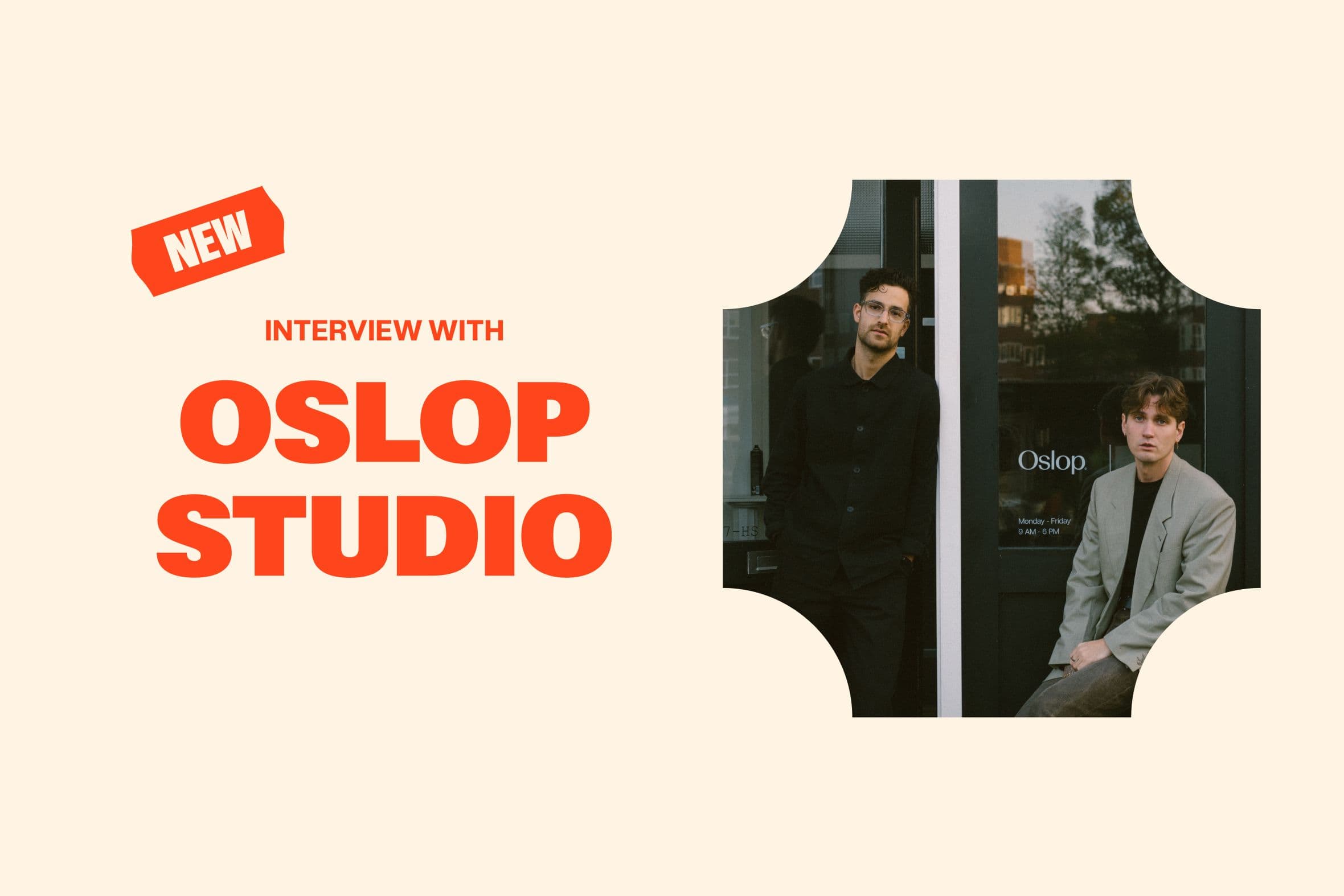
Written by
POV Market Team
Published on July 12th, 2025
A conversation with Peter and Zoli — the founders of Amsterdam-based, globally operating Oslop Studio.
Amsterdam is home to countless design studios — some loud, some legacy. But Oslop makes its mark differently. With quiet confidence and a steady hand, they focus on the fundamentals: clear thinking, good taste, and a sharp sense of what they’re best at. No inflated claims. Just a studio grounded in craft and clarity.
We sat down with founders Peter and Zoli to talk about their move away from the traditional agency model, why they see branding as structure rather than surface, and how a quiet night walk by the water led to the name that now defines their studio. Here’s what they had to say.
Let’s start with the obvious — how did Oslop begin?
Peter: We’ve known each other since high school — it’s been 15 years now. We ended up working together at the same agency in Amsterdam, and the chemistry was just there. Projects worked well, so we started thinking: what if we did this for ourselves?
The agency we were at would say yes to anything, which made things messy. We didn’t want to copy that. Branding was always the part we loved most — not as decoration, but as the base you build everything else on. That’s where the name Oslop comes from — it’s the Hungarian word for “pillar.”
Zoli: It also just sounded good. The real story is we were walking by the river one night, throwing around names like “Harbor Studio,” “Canal Something,” and then Oslop came up. It stuck. Later we realized it actually meant something in Hungarian, and it fit perfectly.
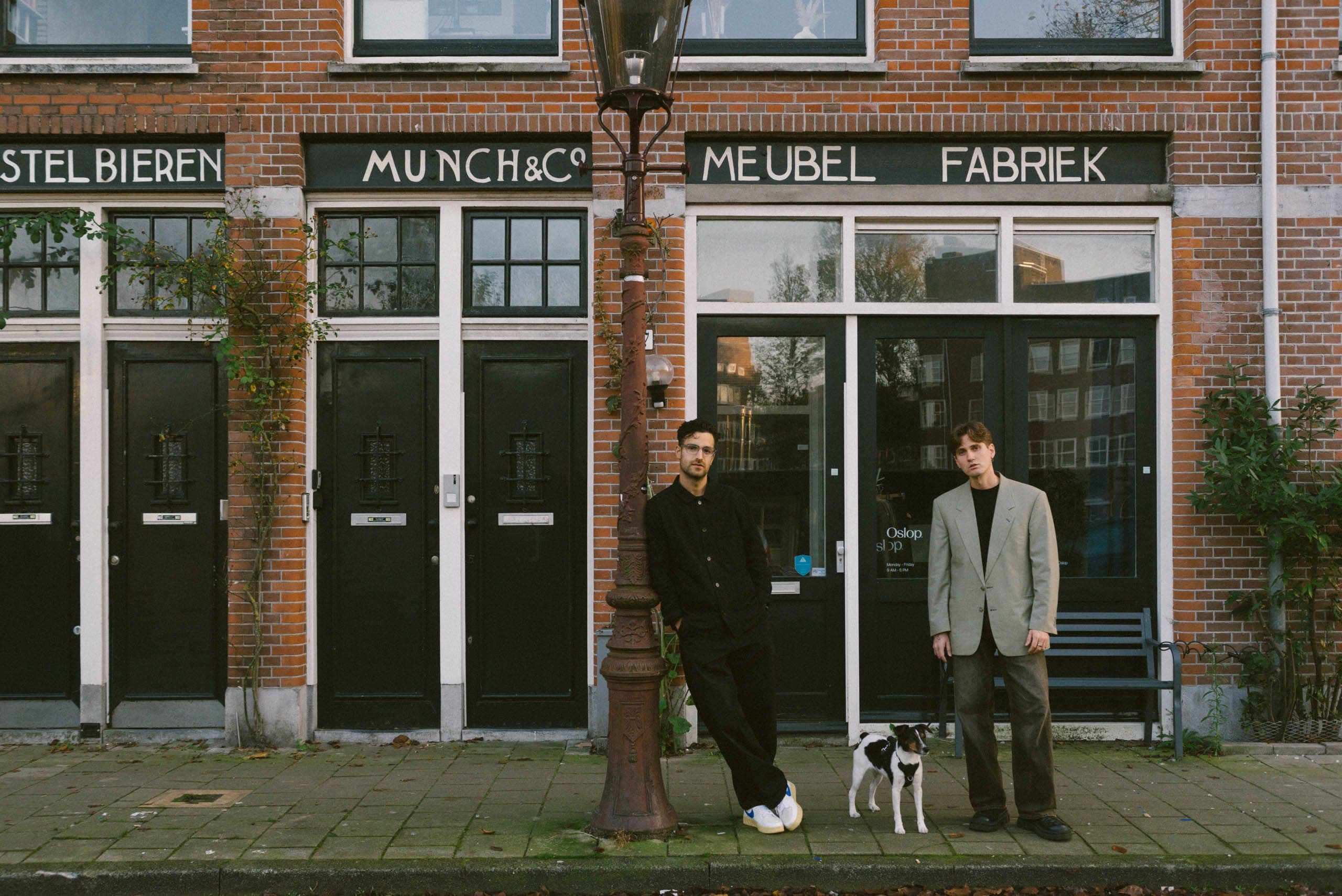
The founders of Oslop Studio — Peter (left) and Zoli — outside their Amsterdam base, joined by their canine co-worker, Ruby.
What made you want to leave the agency world behind?
Zoli: A lot of agencies have turned into machines. They scale, hire a few hundred people, then flip the company. The design gets lost. It becomes about headcount and slides, not the actual work.
Peter: We didn’t want to pretend we can do everything. Like TikTok campaigns — we’re not going to fake that. We work with people who live and breathe that space, and we integrate what we do. It’s all transparent, no white-label tricks. The client knows who’s who.
The “pillar” thing — is that still how you see branding?
Always. Branding isn’t a phase — it’s the foundation. When we start a project, that’s the part we spend the most time on. Concepts, tone, visual logic — that comes first. Once that’s solid, you can scale it into anything.Peter
Zoli: We’re also wired differently, which helps. Peter is more strategic and conceptual, I think in systems and structure. But weirdly, we almost always end up at the same place. It’s like taking two different roads to the same city.
You recently shared a project recontextualizing old Hungarian logos — what was that about?
Peter: That was a love letter, really. We didn’t redesign them — we showcased them in a modern way to show they still hold up. Logos from the ’70s and ’80s in Hungary are often stronger than what we see now. They’re timeless.
When we were invited to speak at POV Budapest with studios like Pentagram and Porto Rocha, we wanted to bring something personal. So we picked logos we grew up with — Orion, Traubisoda — and treated them like the design classics they are.
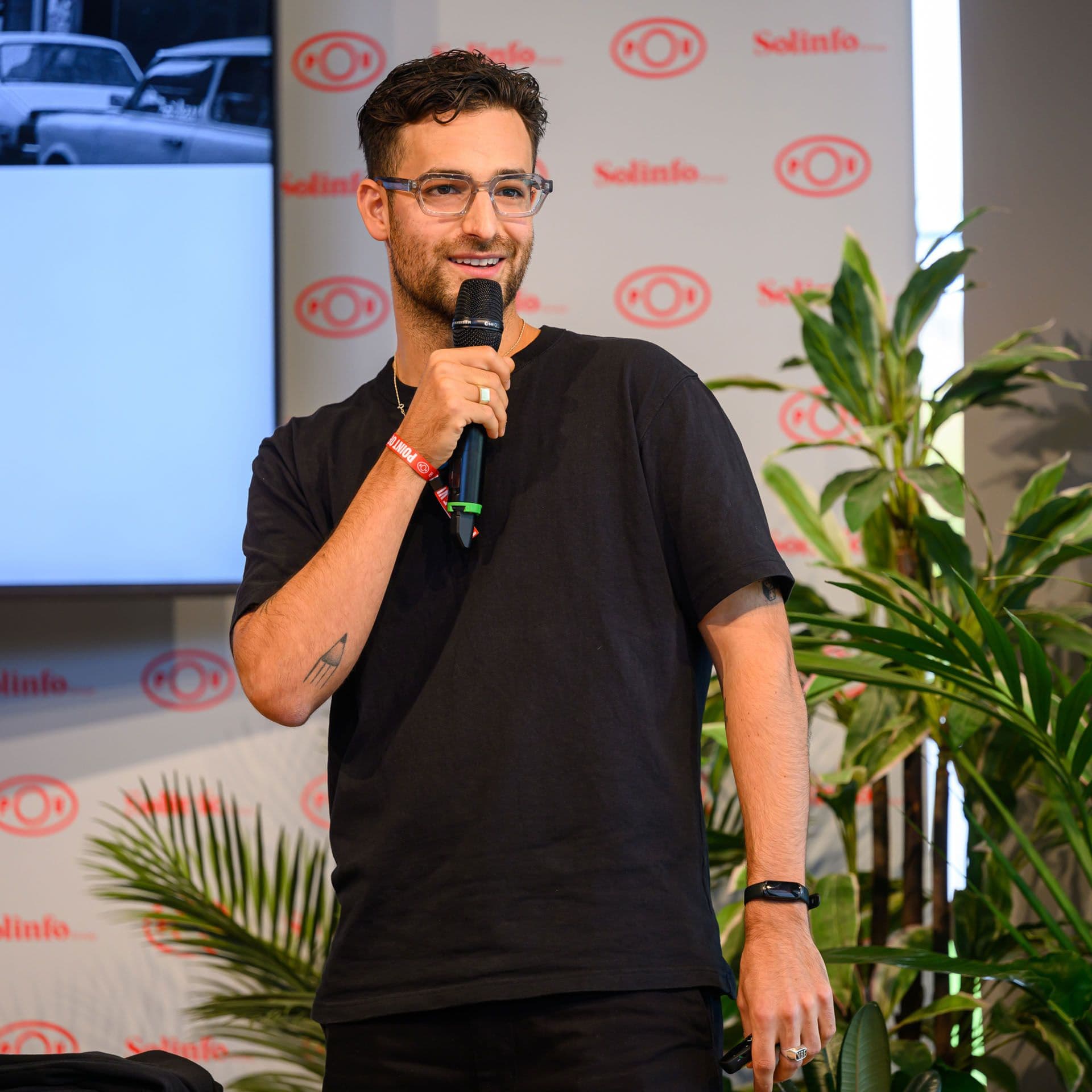
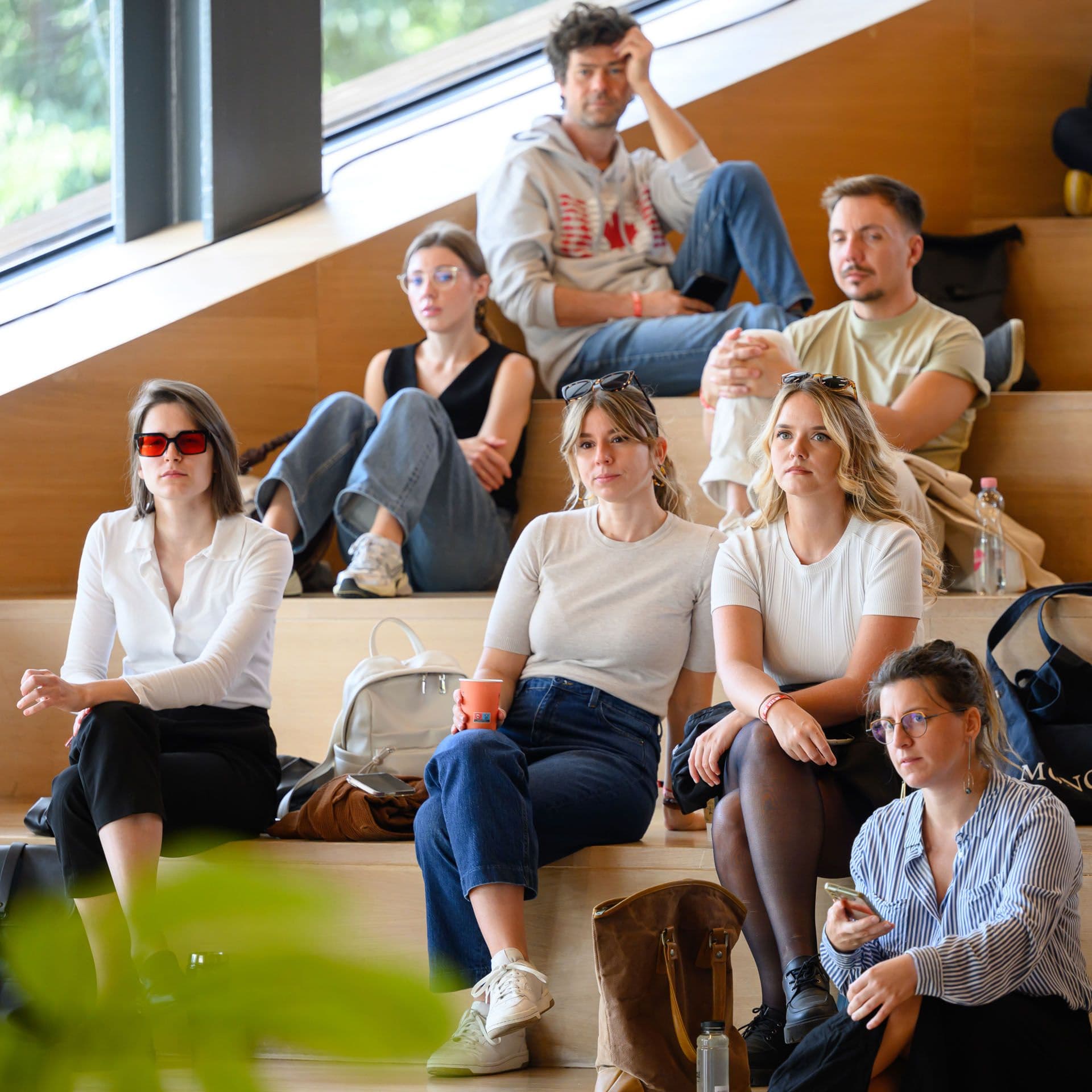
Zoli: Traubisoda is still perfect. It has that Swiss grotesque vibe, but it’s uniquely Hungarian. I’d rebrand the whole drink around that logo.
Peter: Orion, for me. I always ask: “Would I wear this on a cap?” And yeah — 100%. We even did some AI-generated sculptures of it to imagine how it would live in physical space. We didn’t want to “fix” these logos — we wanted to elevate them.
Speaking of caps — you’ve done some fashion-related work too, right?
Peter: Yeah, we worked with Boga — a brand by Dzsúdló and Stotz. They asked us to create visuals for one of their collections, and now they’ve reached out again for the next one.
Zoli: They literally messaged us an hour before this interview.
Peter: We did two concept directions. They picked one but loved the other so much they kept it for later. That felt good. And Stotz, who runs Boga, is also doing a collab with Dorko now. The whole thing is gaining traction.
What about the older projects on your site — Forska, Bauhaus?
Zoli: Those are concept projects that didn’t go live, but we love them. The Bauhaus one was for a smaller design event — not the Bauhaus-Bauhaus. The idea was to merge Bauhaus minimalism with Asian aesthetics. It got attention even though it didn’t happen.
Peter: Forska started as a simple alcohol brand logo. But we ended up giving it this playful, nostalgic tone. It didn’t feel like typical alcohol branding. Sometimes it’s fun to just push things further and see where it leads.
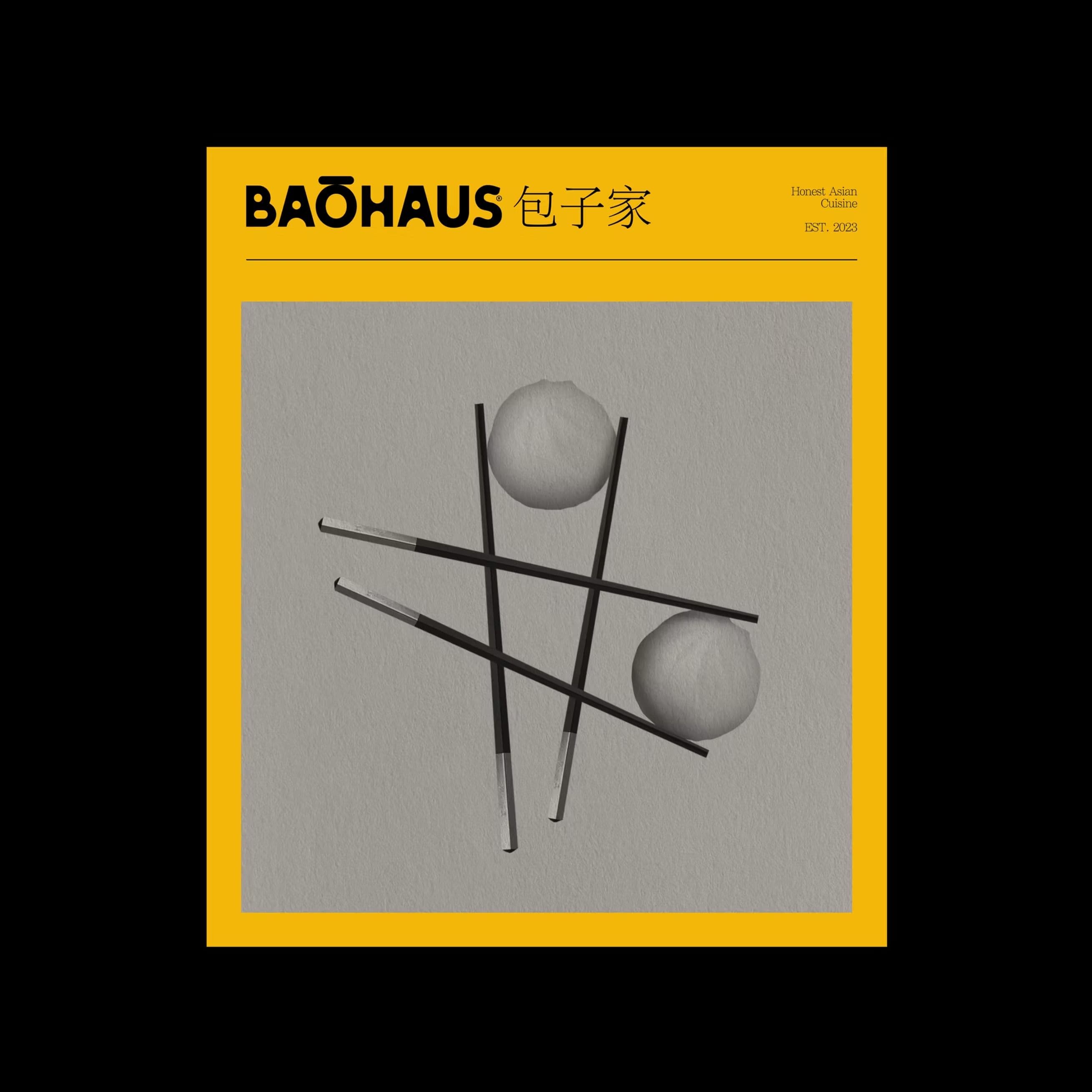
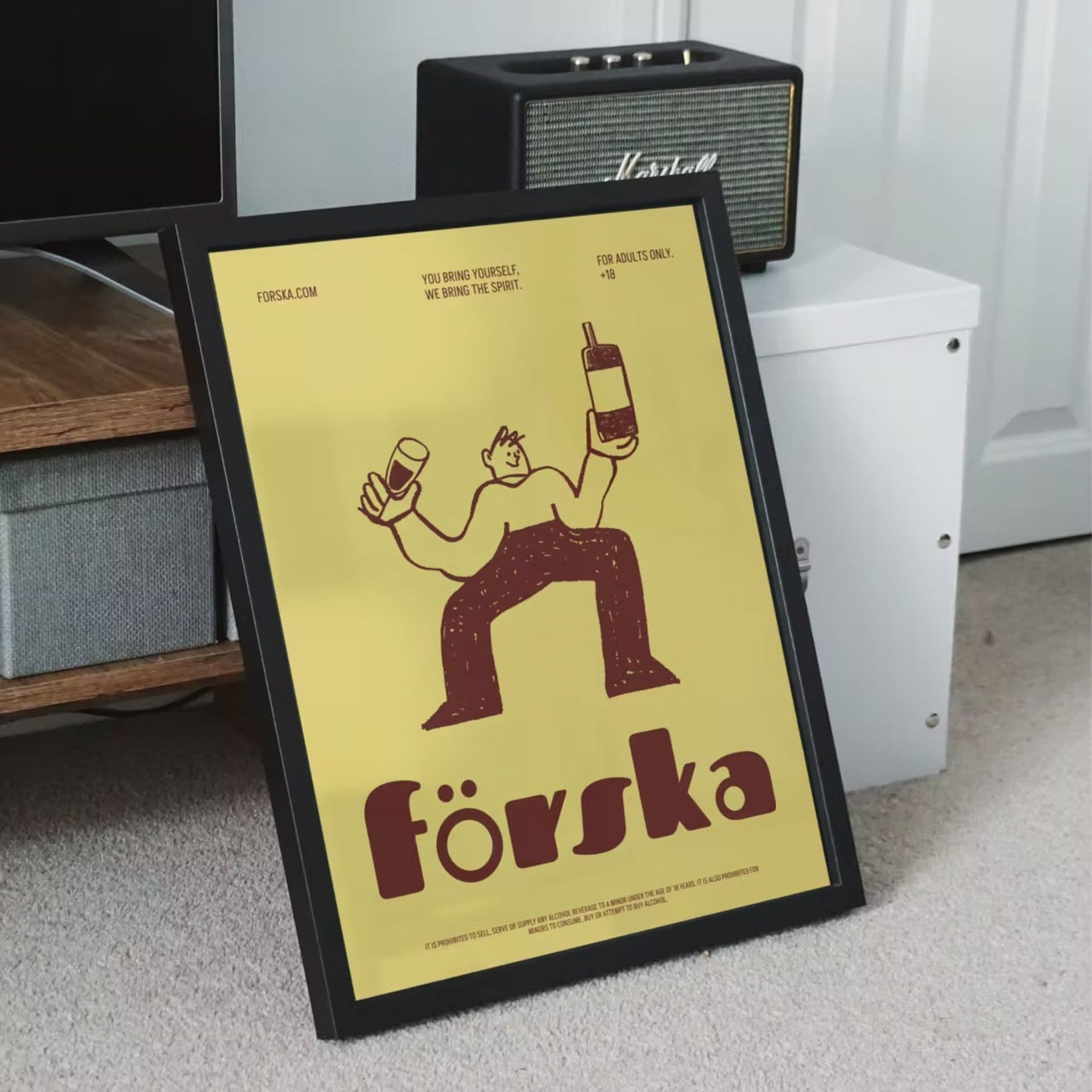
Have you ever dropped a project mid-process?
Peter: Not exactly. But we’ve had cases where a startup has no customers, no product-market fit, and we’re branding on pure instinct. Then real users come in and everything needs to change.
Zoli: There was one where I stayed up all night redesigning something because I suddenly hated what we had.
I called Peter at like 8 a.m. and said, “Forget it, this is the new direction.” He saw it, and we both knew it was better. We showed it to the client and they just nodded. That kind of pivot is worth it.
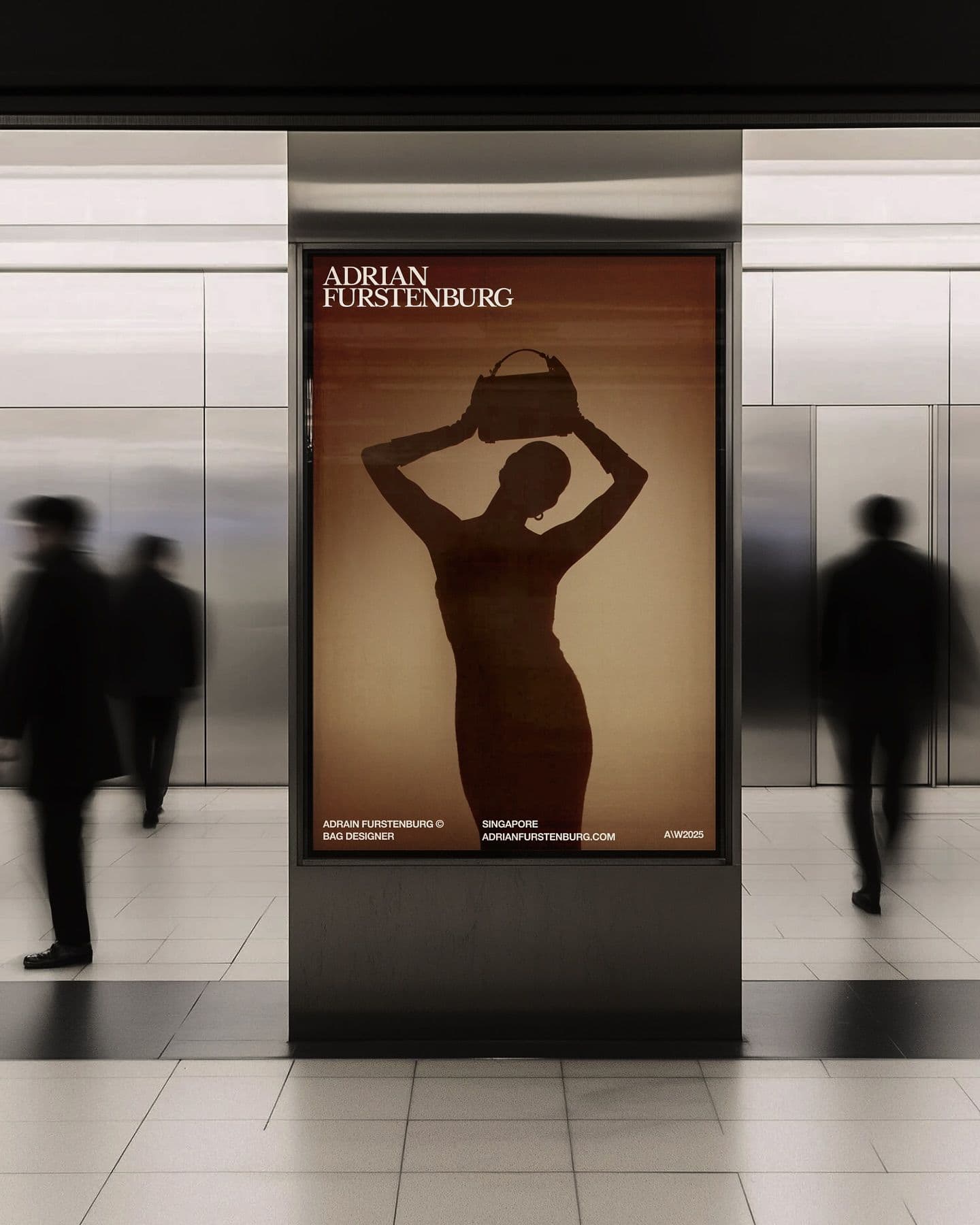
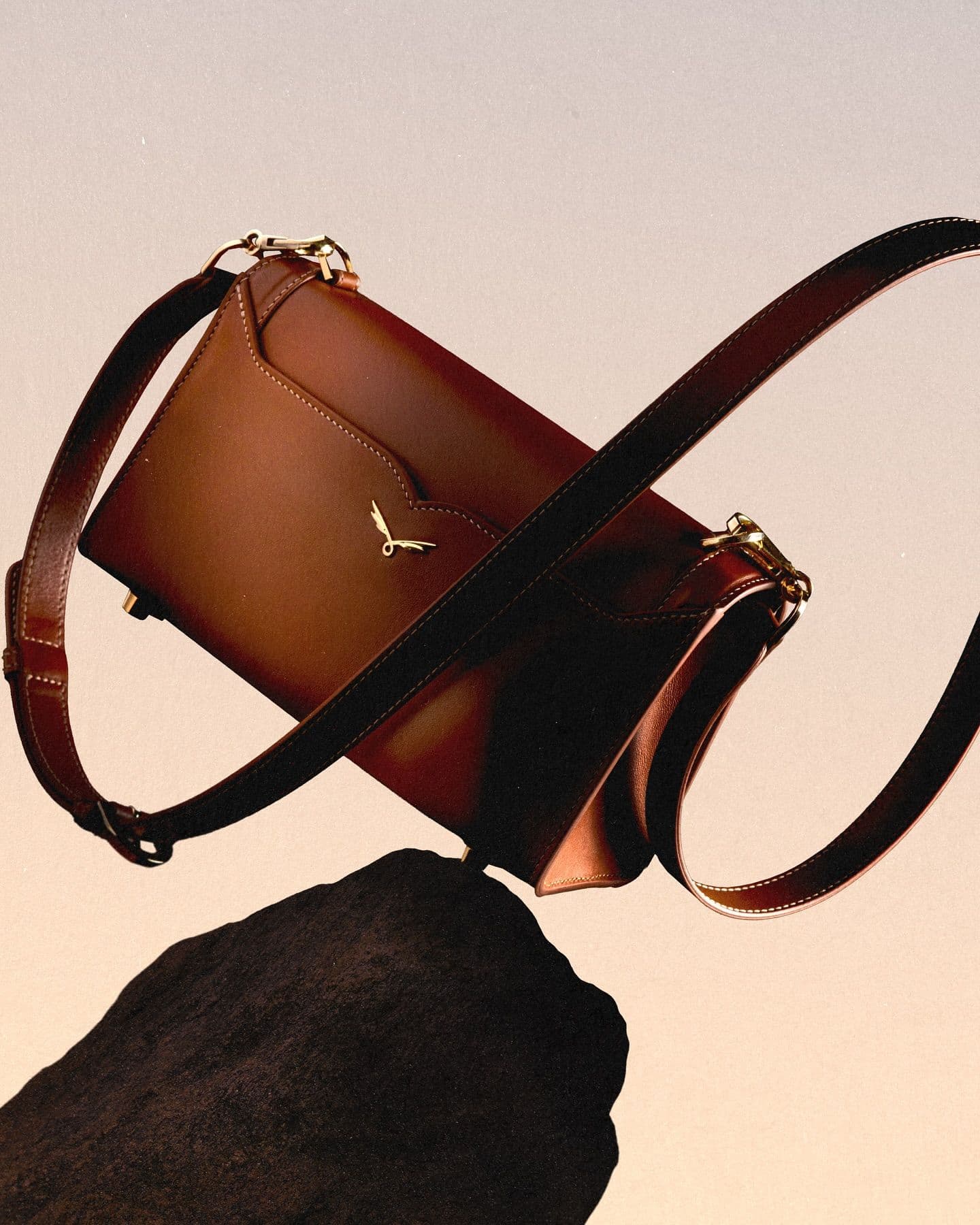
If you could rebrand any company, who would it be?
Zoli: MÁV. Hungarian State Railways. It’s such a mess right now, visually. But imagine having control over stations, trains, ticket machines, signage — the full brand system. That scale is rare.
Peter: Fruit of the Loom. Just because it’s everywhere. And Decathlon — for years it was one of the biggest brands with one of the worst visual identities. Wolf Olins (who, by the way, will be speaking on the main stage at this year’s POV Budapest — ed.) recently cleaned it up, finally.
What keeps you inspired?
Peter: Changing environments. We did a workaway in Spain for three weeks, and it helped reset everything. Also, perspective. We get to work on things that look good. That’s a privilege. Most people spend their days in spreadsheets. For a lot of our clients, working with us is the most exciting part of their week. That energy comes through. It’s contagious.
Zoli: That excitement — when you see it land — that’s the real fuel.
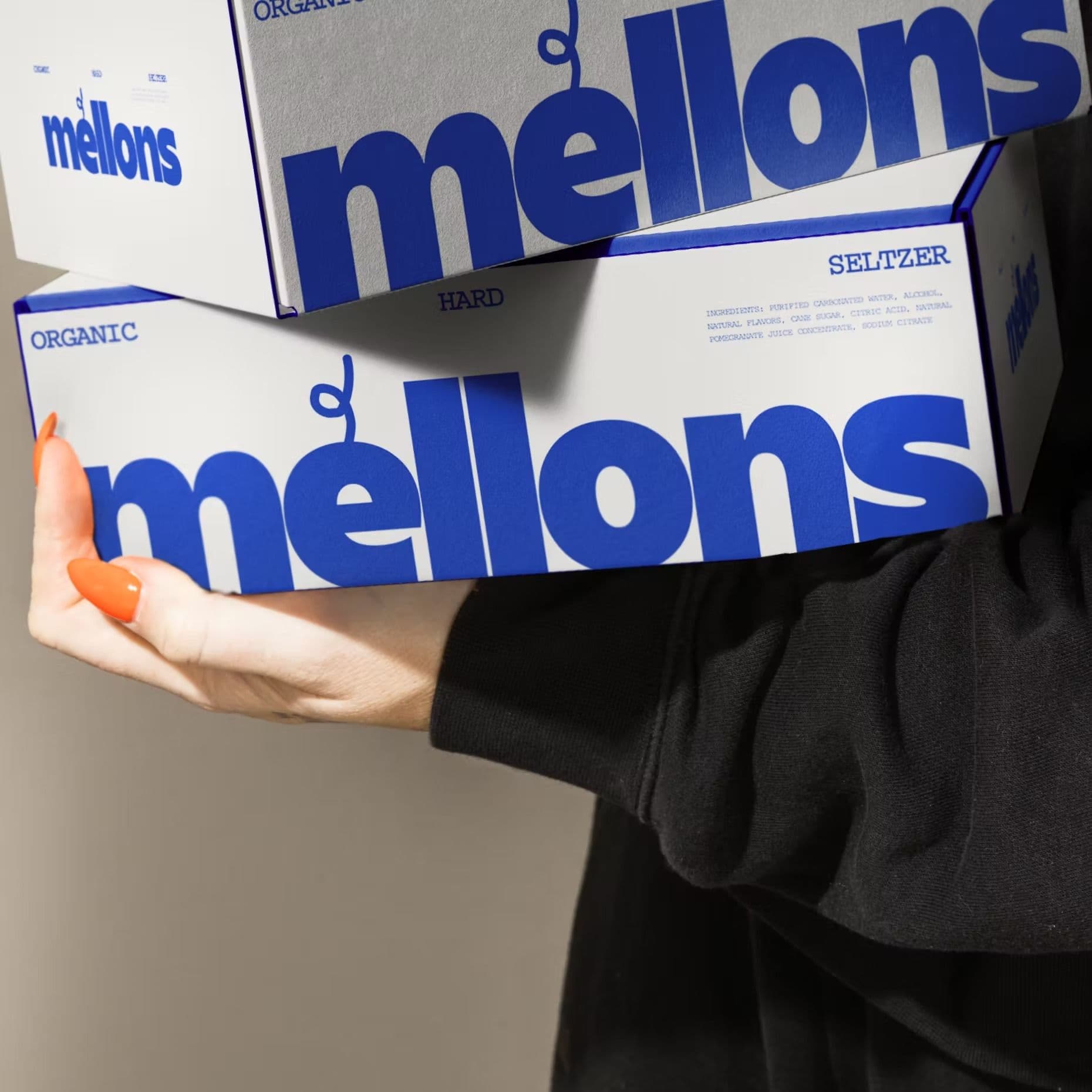
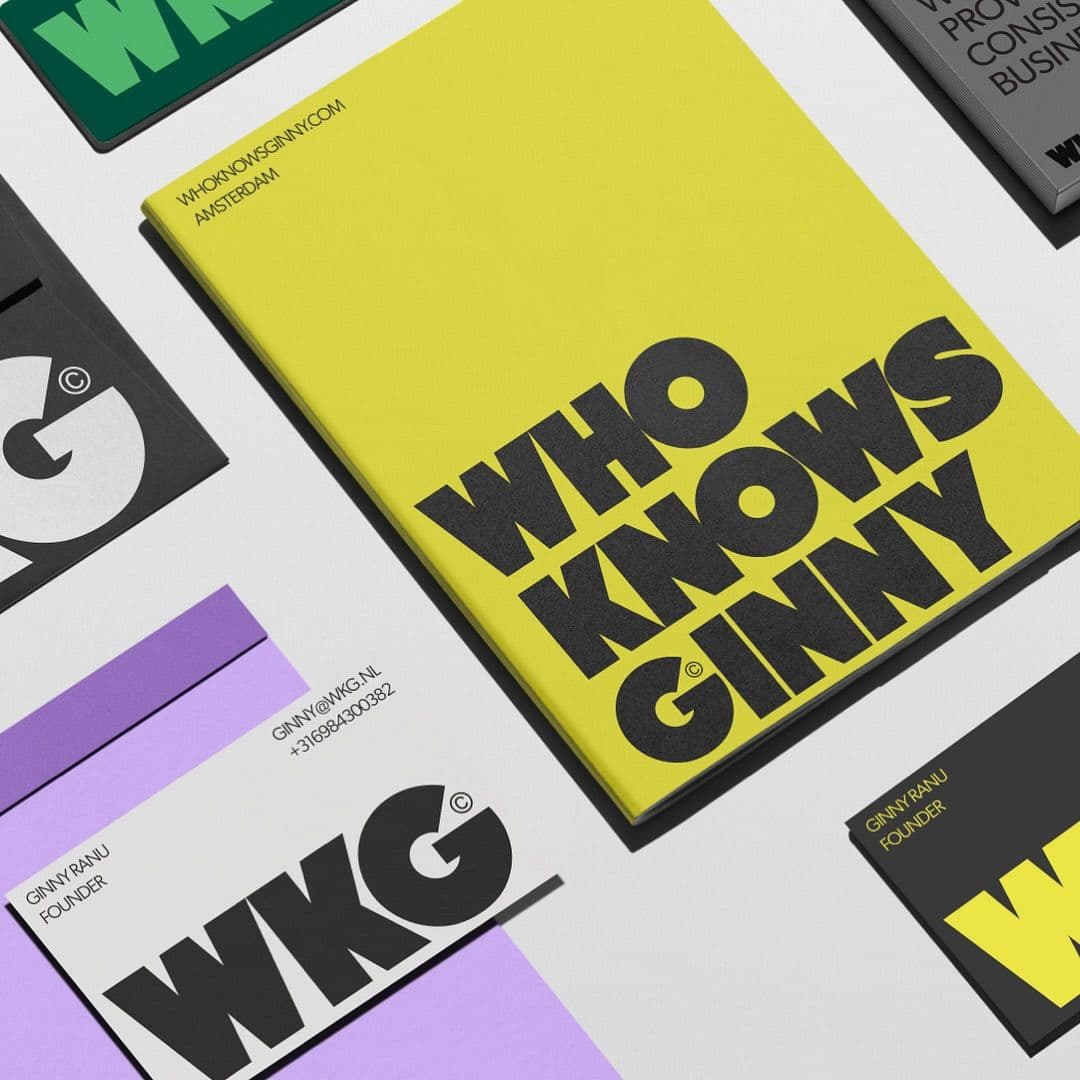
To see more of what Oslop is up to, visit their website or follow them on Instagram — fresh perspectives and thoughtful work guaranteed.
We’ll be following their journey closely — from the Netherlands and wherever else good design takes them.
- brandingbrand identitycreative studioamsterdam designindependent designcreative partnershipstudio spotlightpov budapestoslop studiopov interviewhungarian designersvisual designvisual identity